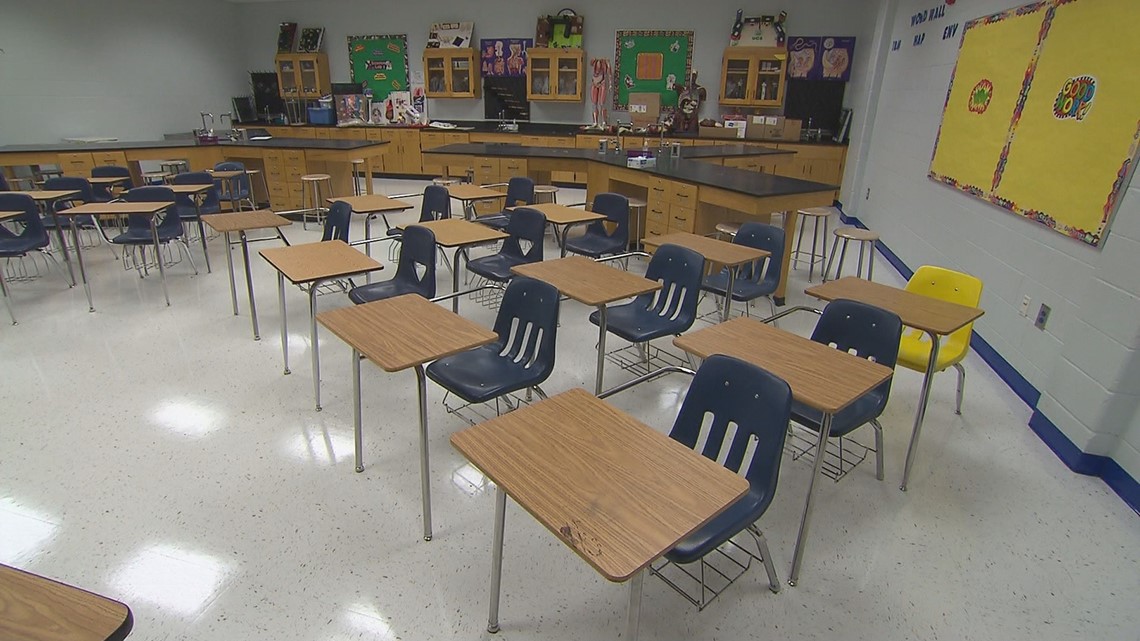South of the metropolitan area of Phoenix, a small yet growing school district is actively integrating artificial intelligence (A.I.) technology into its educational practices.
In MARICOPA, Arizona, students in the art program are tasked with creating clay sculptures based on prompts generated by A.I. Students studying creative design are challenged to design t-shirts using specifications from a fictional business conceptualized by an A.I. system. Meanwhile, math students rely on an A.I. platform for their coursework.
These examples showcase how students at Maricopa High School are seamlessly incorporating A.I. technologies into their daily academic routines. As education administrators statewide adapt to a new era of learning, the Maricopa Unified School District, situated north of downtown Phoenix, is proactively embracing this technological shift.
Christine Dickinson, the district’s technology director, emphasized the importance of embracing A.I. integration while establishing clear guidelines for its implementation.
To facilitate a deeper understanding of A.I.’s implications, an informational session is scheduled for Wednesday, November 29, in Maricopa. This session aims to engage families in discussions regarding intellectual property rights, privacy concerns, and curriculum development. The district is seeking parental feedback to formulate comprehensive A.I. guidelines, a practice that other educational communities are also considering adopting.
Dickinson stressed the inevitability of A.I.’s presence, stating, “We must acknowledge its permanence and adapt accordingly as it reshapes our daily lives.”
The rapid advancement of A.I. technologies since November 2022 has led to the proliferation of platforms generating written content and imagery in response to user input. For educators striving to align their curricula with academic integrity standards, these technological advancements pose novel challenges. The U.S. Department of Education’s publication, “Artificial Intelligence and the Future of Teaching and Learning,” is recommended as a valuable resource for Arizona school districts navigating this landscape.
The manual underscores the importance of addressing both foreseeable risks and unforeseen consequences associated with A.I. integration in education.
Highlighted in the document are two significant paradigm shifts in educational technology usage:
- Transitioning from mere data collection to identifying patterns within the data.
- Evolving from automated decision-making in teaching and learning processes to providing access to diverse educational resources.
The responsibility now falls on users to comprehend how A.I. systems can inadvertently perpetuate biases and inequities. The manual advocates for ongoing teacher engagement and emphasizes the irreplaceable role of educators in the learning process.
Contrary to misconceptions, the guide refutes the notion of A.I. replacing teachers and instead encourages educators to engage in continuous dialogues with their students.
Education leaders are urged to prioritize training and involving academic stakeholders to effectively evaluate when and how A.I. can best meet the unique needs of learners. The potential of A.I. to enhance educational opportunities for students with diverse learning profiles and language challenges is recognized, presenting promising avenues to address educational policy objectives.






